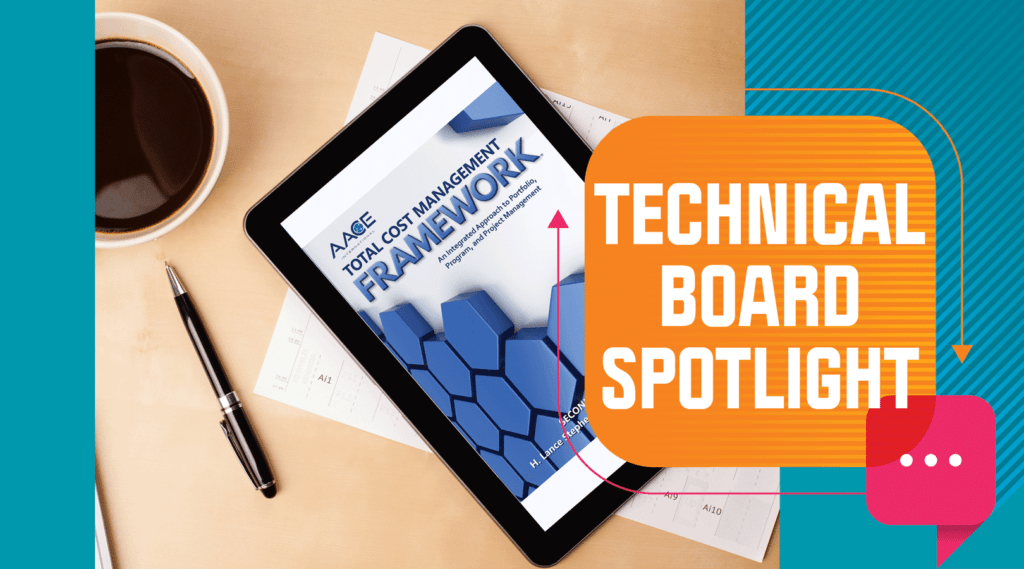Figure 1 – The Project Control Process Map, AACE TCM Framework, 2nd Edition, Page
53
As represented in Figure 1, the process map associates each TCM process step with one (or more) of the six elements of project controls via a
color-coding system. This overlay allows the audience to visually identify and correlate the activities and relationships of the operational
requirements to the functional requirements. A summary outline of each of the six elements of project controls is provided below.
1. Know what has to be done – What is the
plan?
Estimate and schedule accuracy (for any project) depends on the maturity and definition of the scope of work and execution strategy. The more
mature and defined the project scope is, the more mature and defined the downstream deliverables will be. These deliverables include detailed
budgets, schedules, and tracking profiles for schedule and cost control and performance baseline measurement. This also establishes the planned
burn rates, productivity rates, and cash flow that identifies incremental spend per period. Knowing what must be done also includes
understanding any resource requirements and procured components. Finally, introducing value engineering and risk management activities
completes the development of knowing what to do. The plan will also be updated (revised) to include any approved changes to the project to
provide a current performance measurement baseline (once execution has started). The final output is the project controls plan.
2. Know what has been done – What
happened?
Once the performance measurement baselines have been established, the project team can begin collecting and assessing the effort spent and the
work accomplished on a project. This effort is completed by collecting hours and costs through timesheets, contracts, purchase orders, etc.
Other sources for performance measurement and to identify work accomplished include progress tables and schedule updates. This information
should also be reliable and verifiable, providing comparability and consistency from one period to another. In addition, reporting assists the
project team in identifying problems to determine corrective actions.
3. Know how actual performance compares with the
baseline – Why did it happen?
An analysis is the starting point for control. Reporting alone is not control, and reporting results is not enough. To determine why an event
has happened, or why there is a schedule delay, etc., project teams are required to perform the appropriate analysis. This analysis includes
comparing actual hours, costs, dates, etc., with expected performance and outcomes. The project team should understand where deviations,
variances, and impacts exist and determine why they exist. Once these findings are understood, a comparison of the project’s actual expected
performance should be identified. These efforts allow the project team the opportunity to explore corrective actions as necessary.
4. Know what remains to be done – What will happen
next?
Based on the performance comparison of what actually happened, the project teams can forecast the likely results. This forecast includes a
prediction of the final project cost/schedule at completions based on demonstrated performance-to-date and a re-estimate of remaining work (of
the current scope of work). Re-assessing risks is also a crucial step in forecasting. This re-assessment allows for the proper stewardship,
treatment, and closure of existing risks. Remember, forecasting is an iterative process where adverse trends may be identified. Forecast
overruns should initiate corrective action, while forecast underruns should be tested to ensure these values are valid.
5. Identify and implement corrective actions to
bring performance in line with expectations – What should we do about it?
Once a variance, impact, risk, or opportunity of a budget or schedule element has been identified, the project team can introduce recovery
planning measures and corrective/enhancement actions. This includes managing these variances, impacts, risks, or opportunities by utilizing the
change management process, the risk management process, or through advanced forecasting techniques and approaches. These variances etc., may
affect one or all the process steps within the project controls process map.
Project scope/execution strategies and planning aspects (i.e., schedule planning and development, cost estimating and budgeting, resource
planning, etc.) will be required to be updated as performance measurement baselines may have changed. In some cases, introducing recovery
planning or corrective actions may not bring performance back in line; however, it does provide awareness of any potential impact. The project
controls plan should be updated due to the changes and the implementation of corrective actions.
6. Check results of corrective action
Once any changes or corrective / enhancement actions have been instituted and the project controls plan and baselines re-established, the
project team can follow up to assess the results once they become available. This assessment also allows the project team to re-establish the
control elements, specifically, knowing what needs to be done, knowing what has been done, knowing how actual performance compares to the
performance norms and corrective actions, and knowing what remains to be done. The cycle continues.
Project controls is simple but yet complex. There are many moving parts and interdependencies. However, once one understands the relationships
and the inputs and outputs of project controls, its complexity diminishes. While technology is constantly advancing, the basics and
fundamentals of project controls will always remain the same.







コメントをお書きください